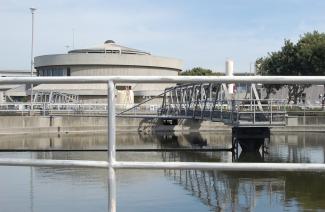Recycling Household Waste: A Ten-Year Report

Recycling is perhaps the most prevalent pro-environmental activity at the household level. Household recycling efforts may be influenced by supportive nudges and, in some cases, laws that mandate recycling behavior. But unlike efforts such as decreasing household energy usage, success in recycling also hinges on governmental support: there must be some mechanism for collecting the recycled materials and converting them into useable commodities. Government entities, and in some cases private waste collection firms, provide for these recycling amenities.








